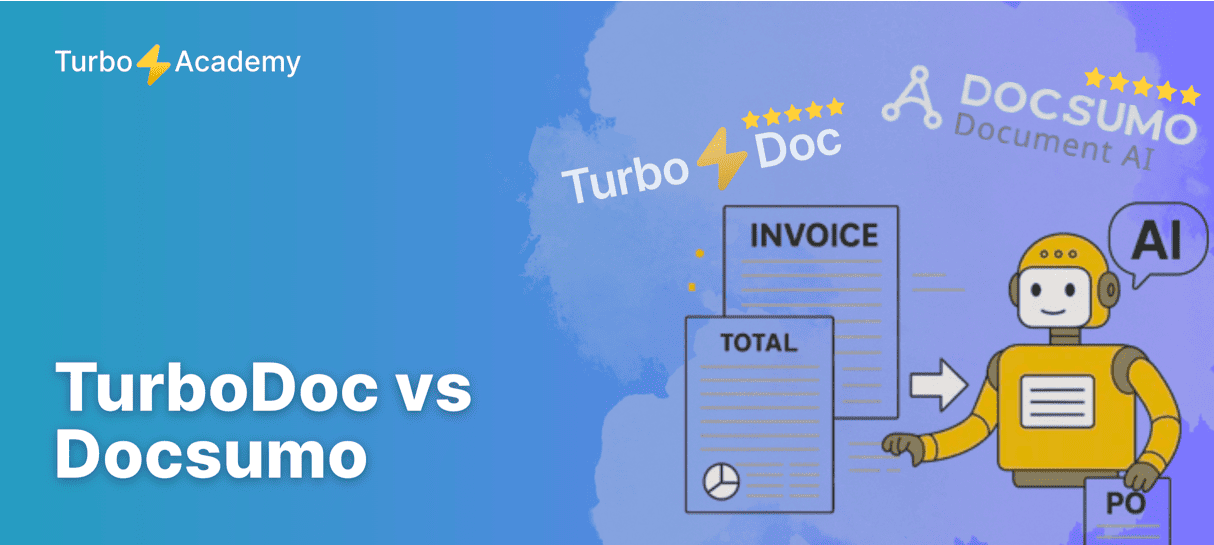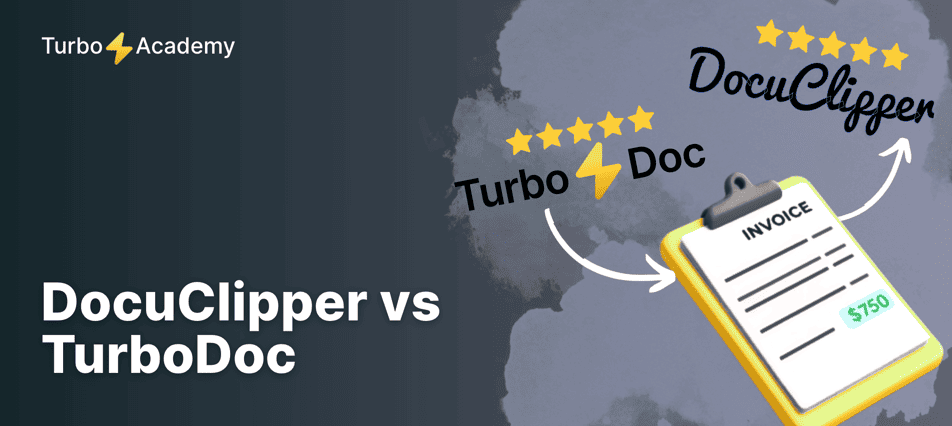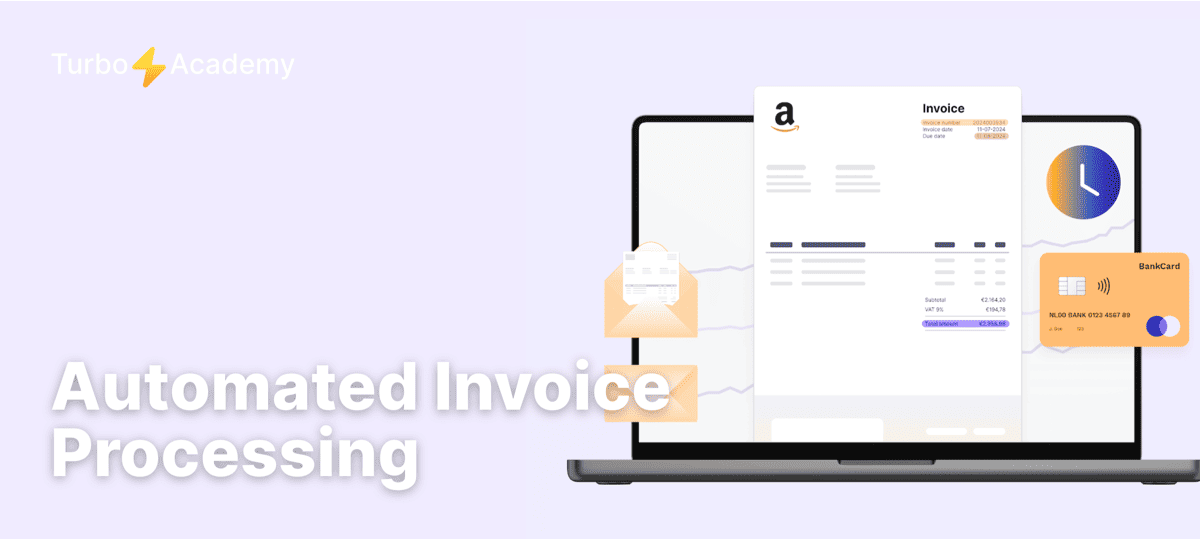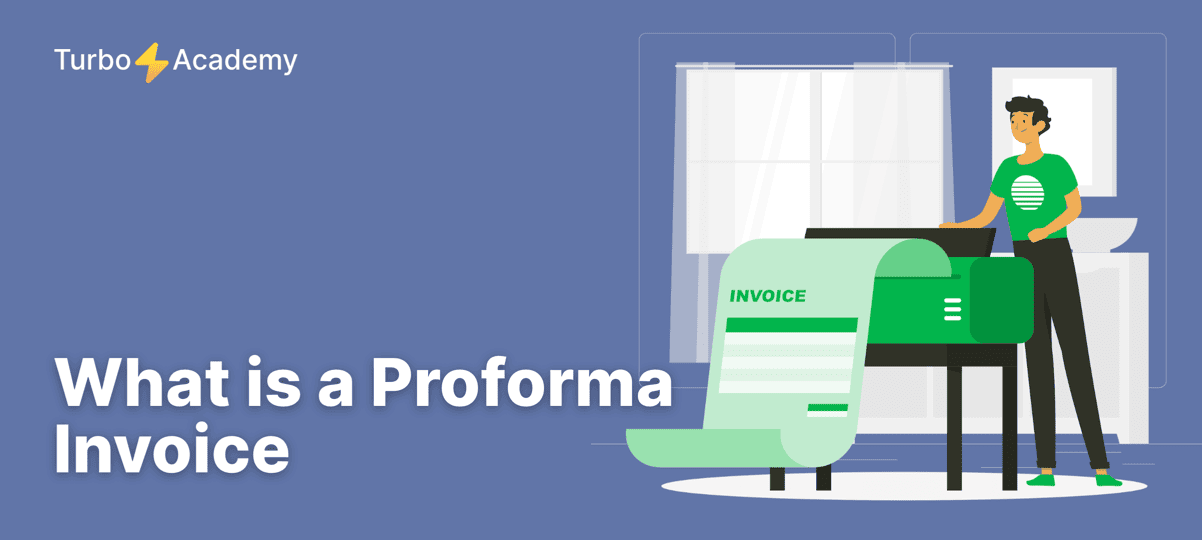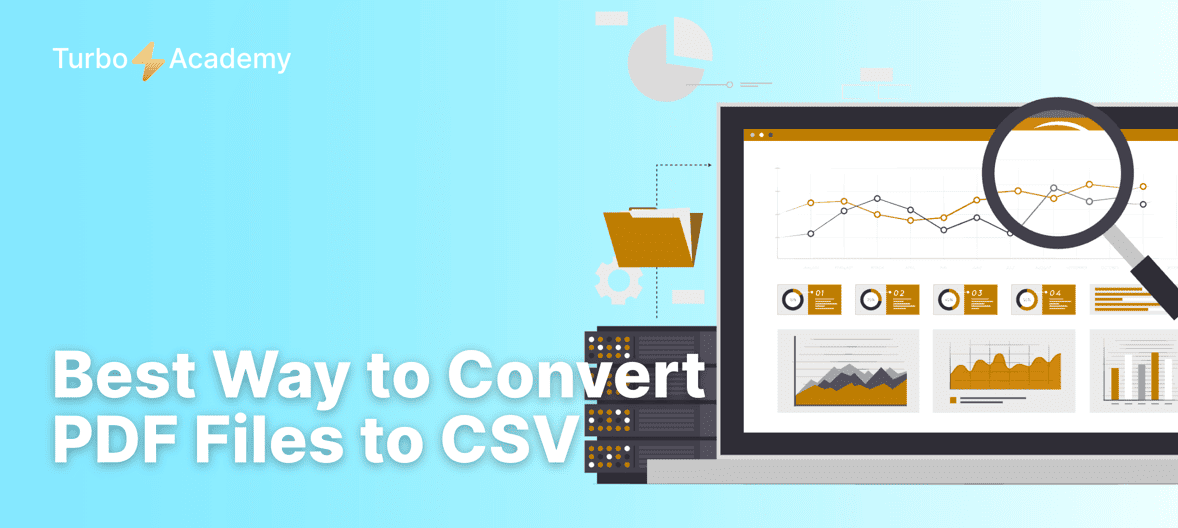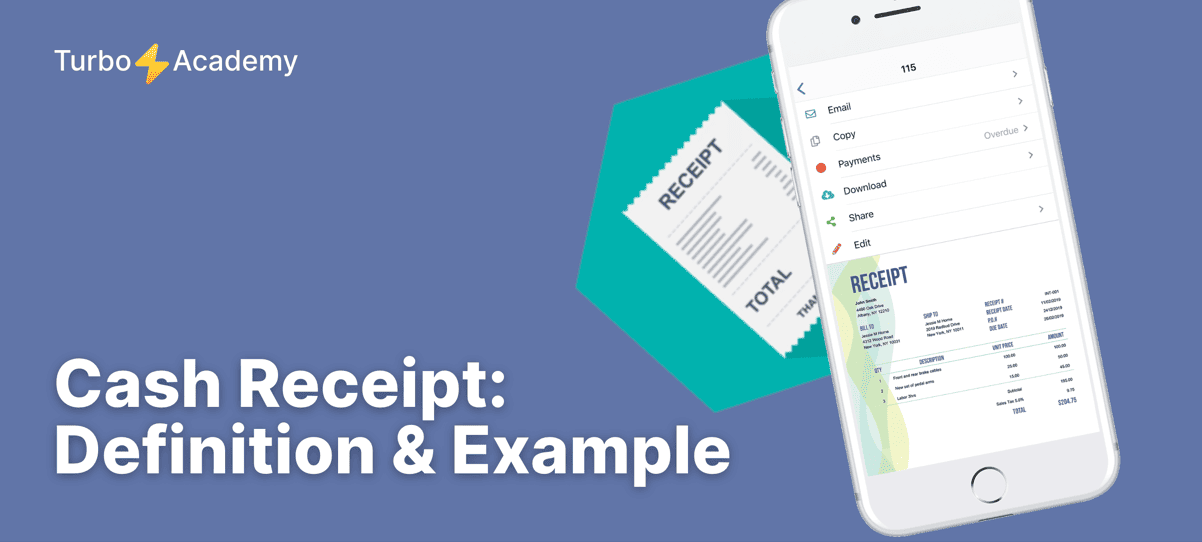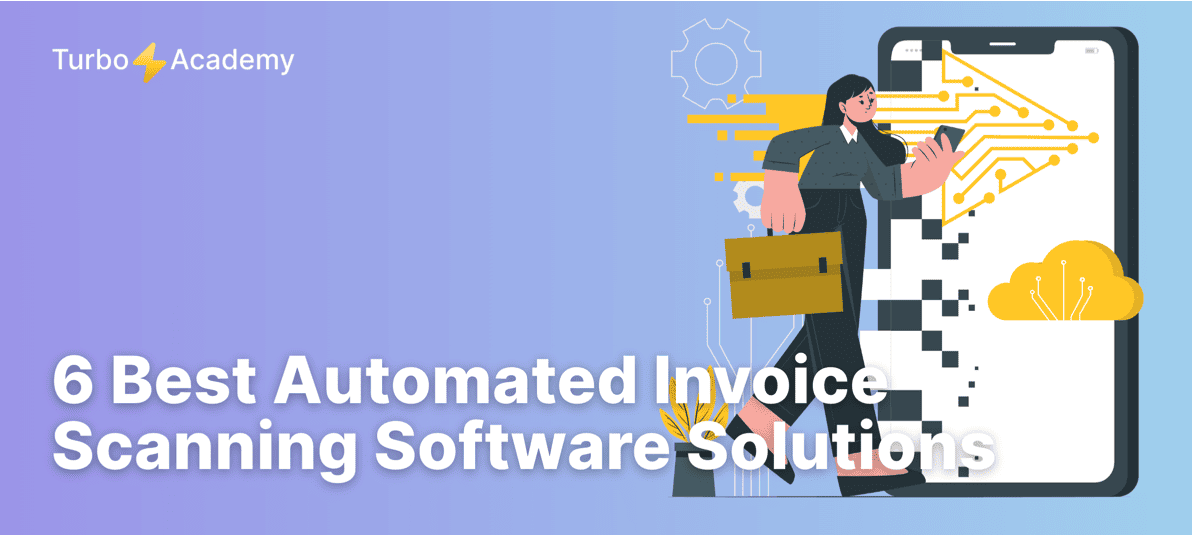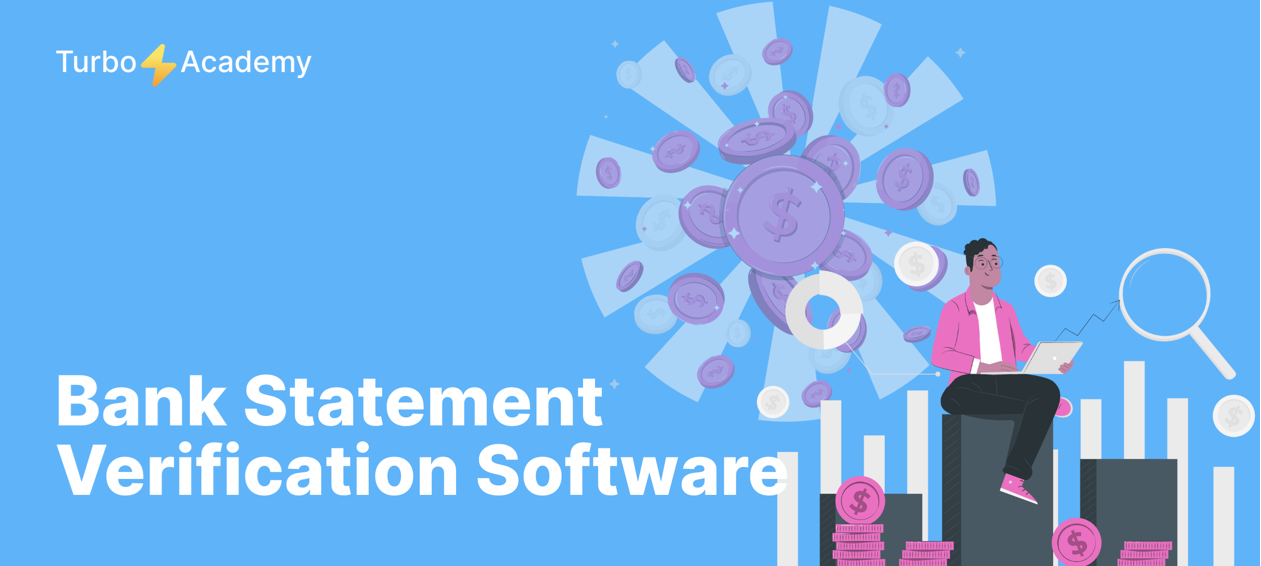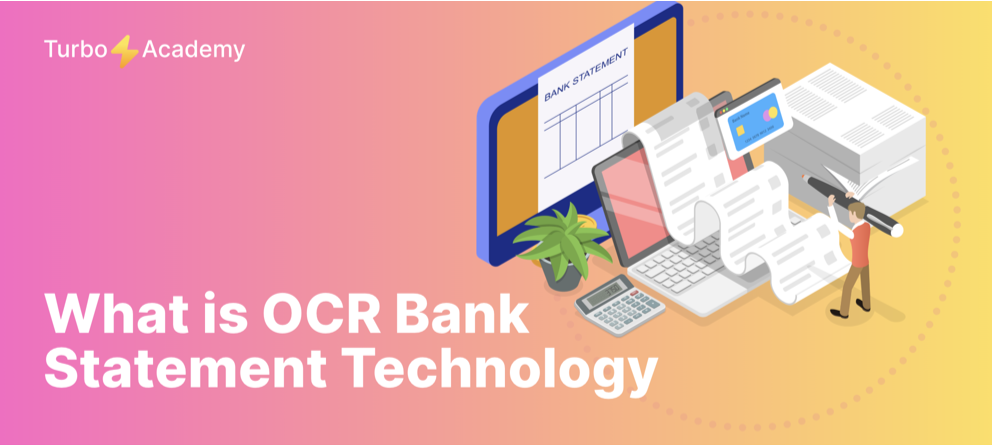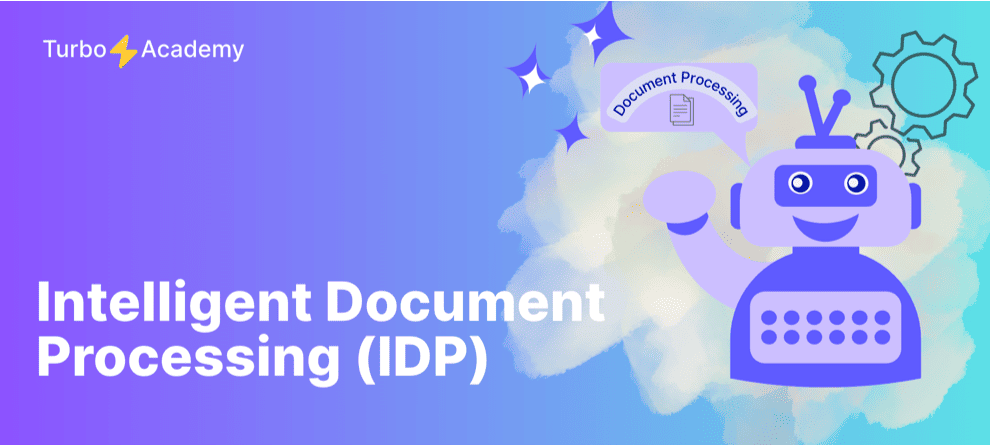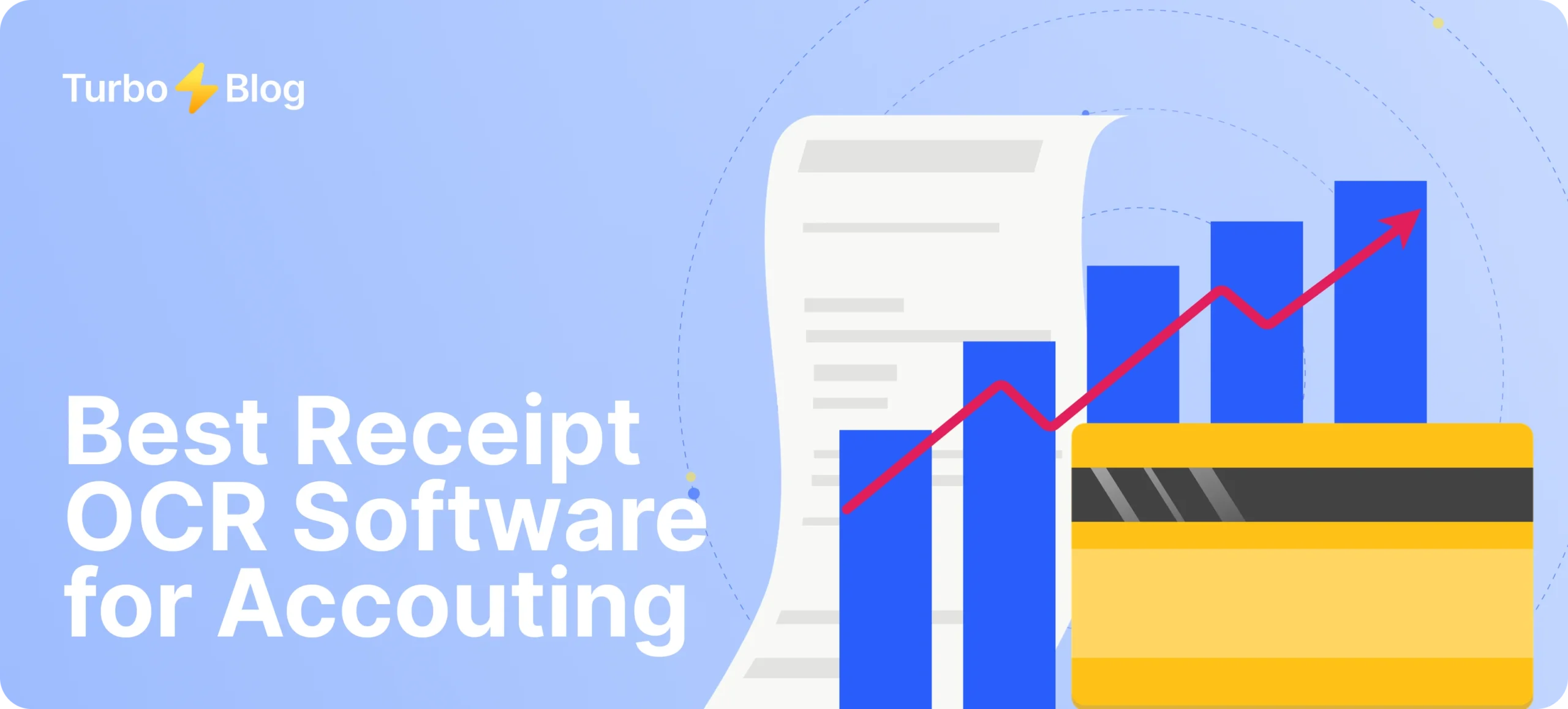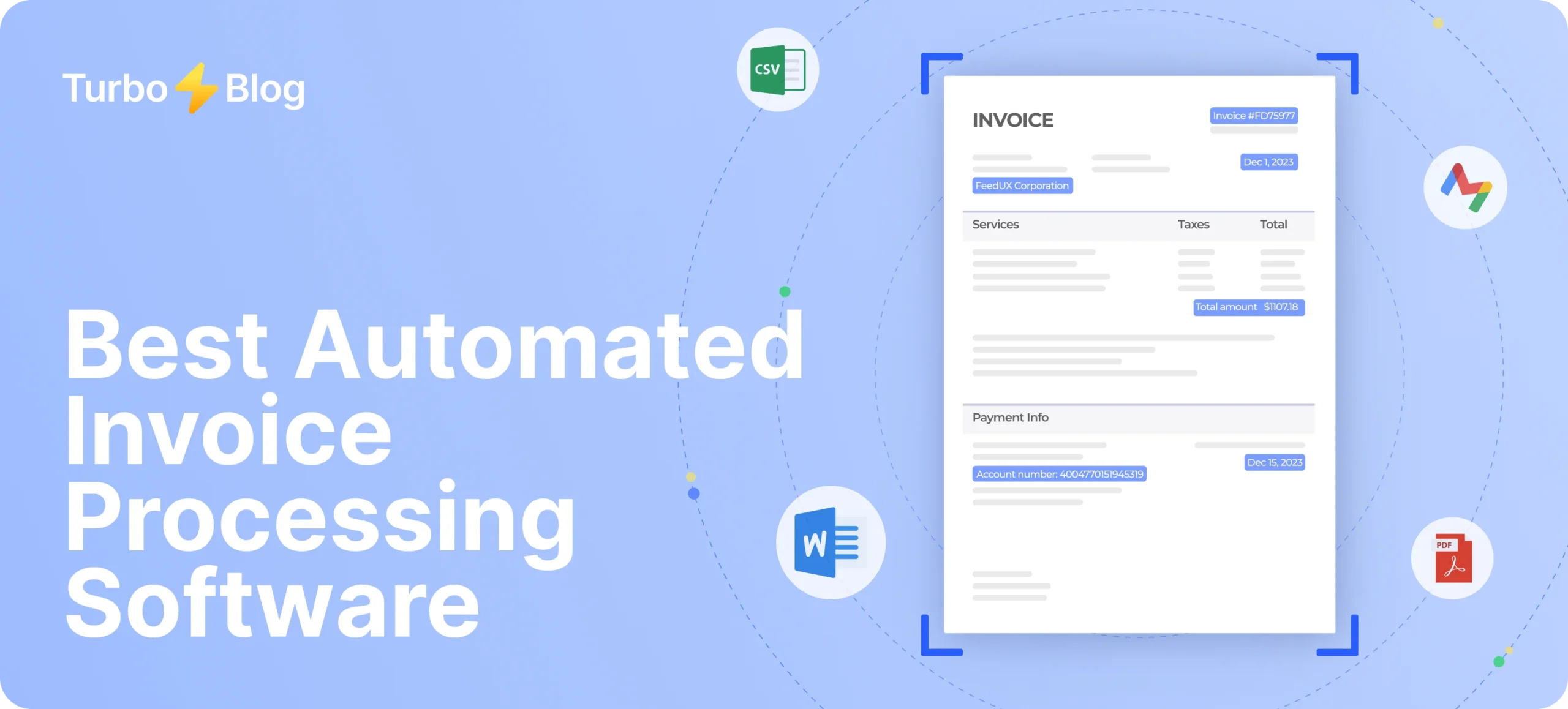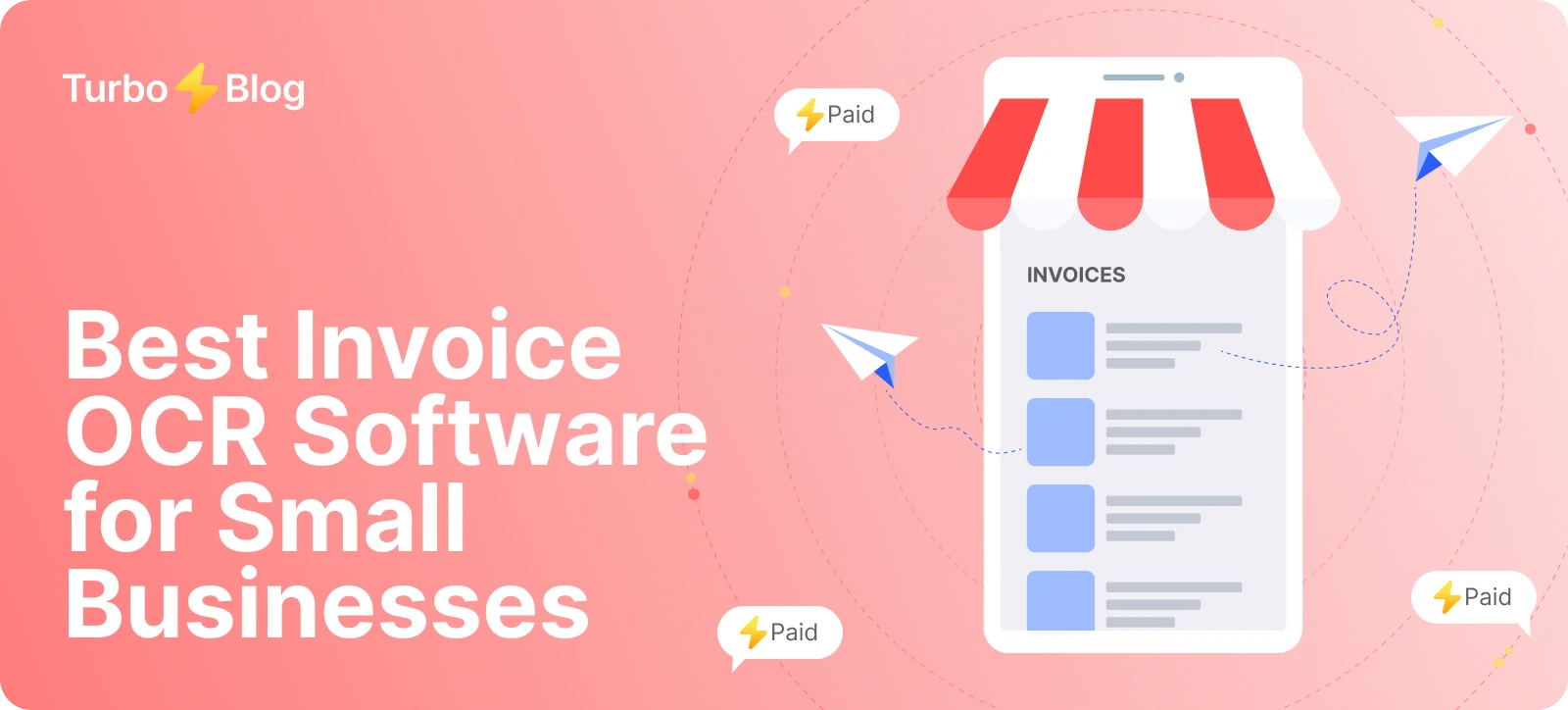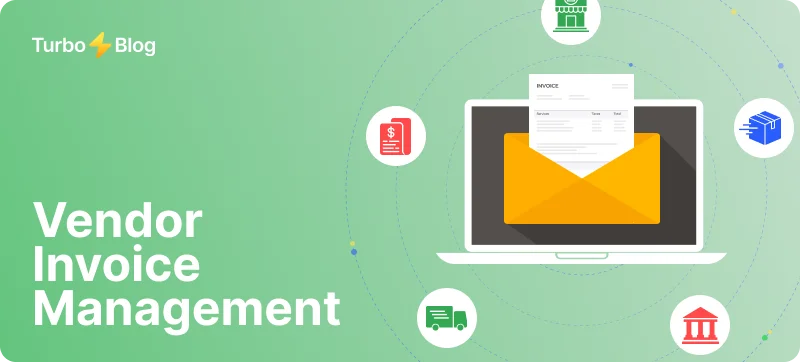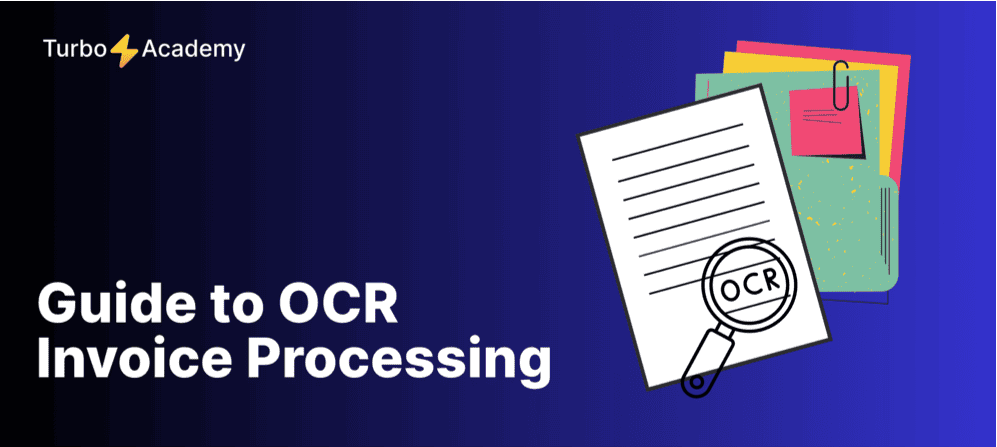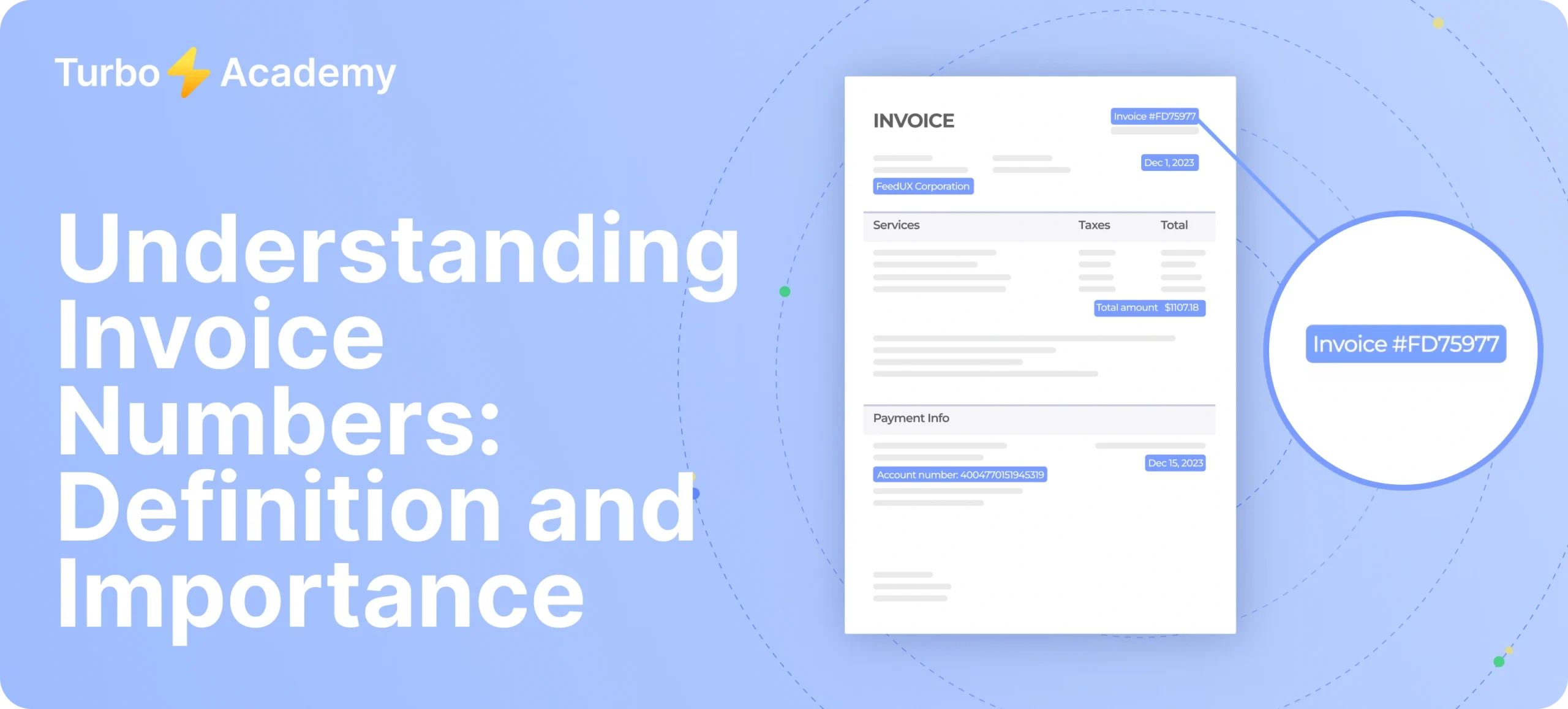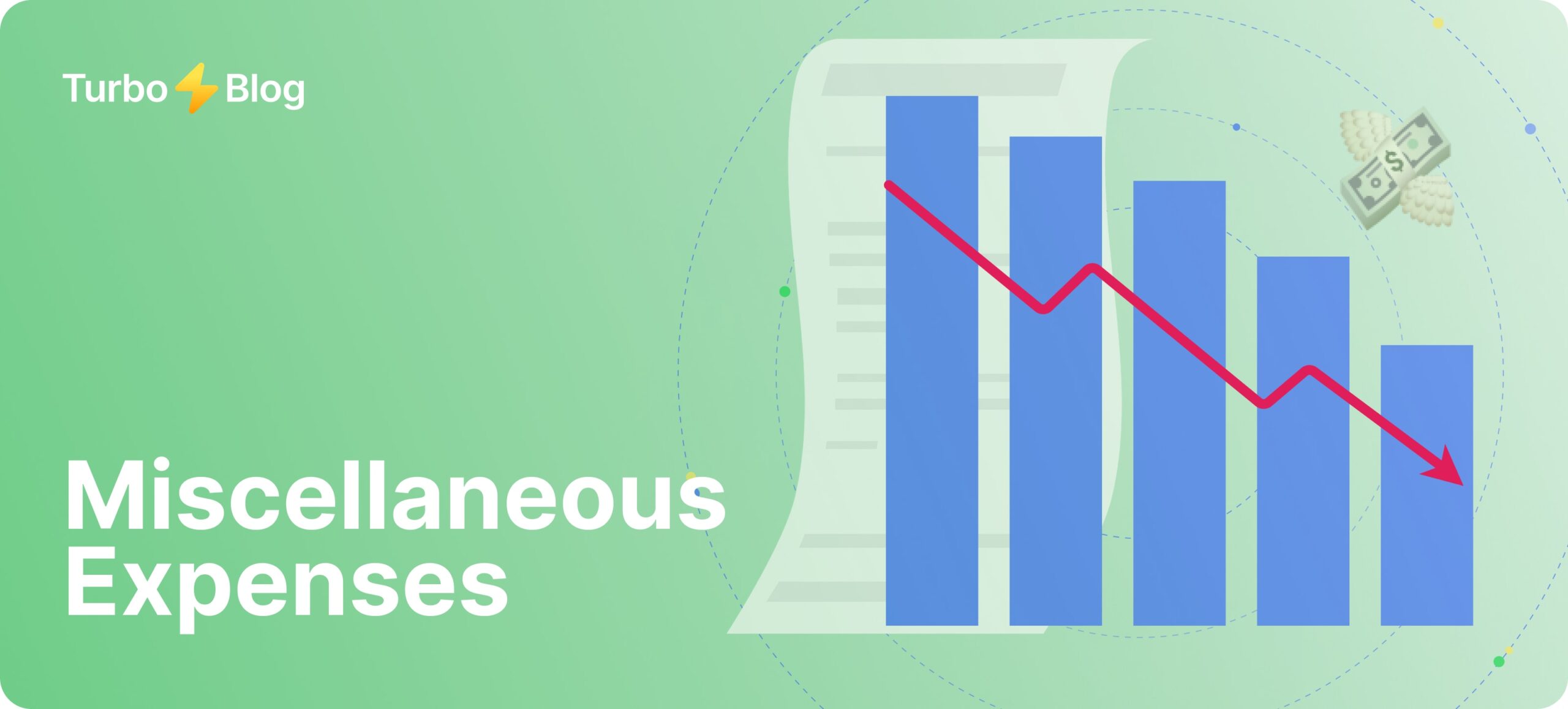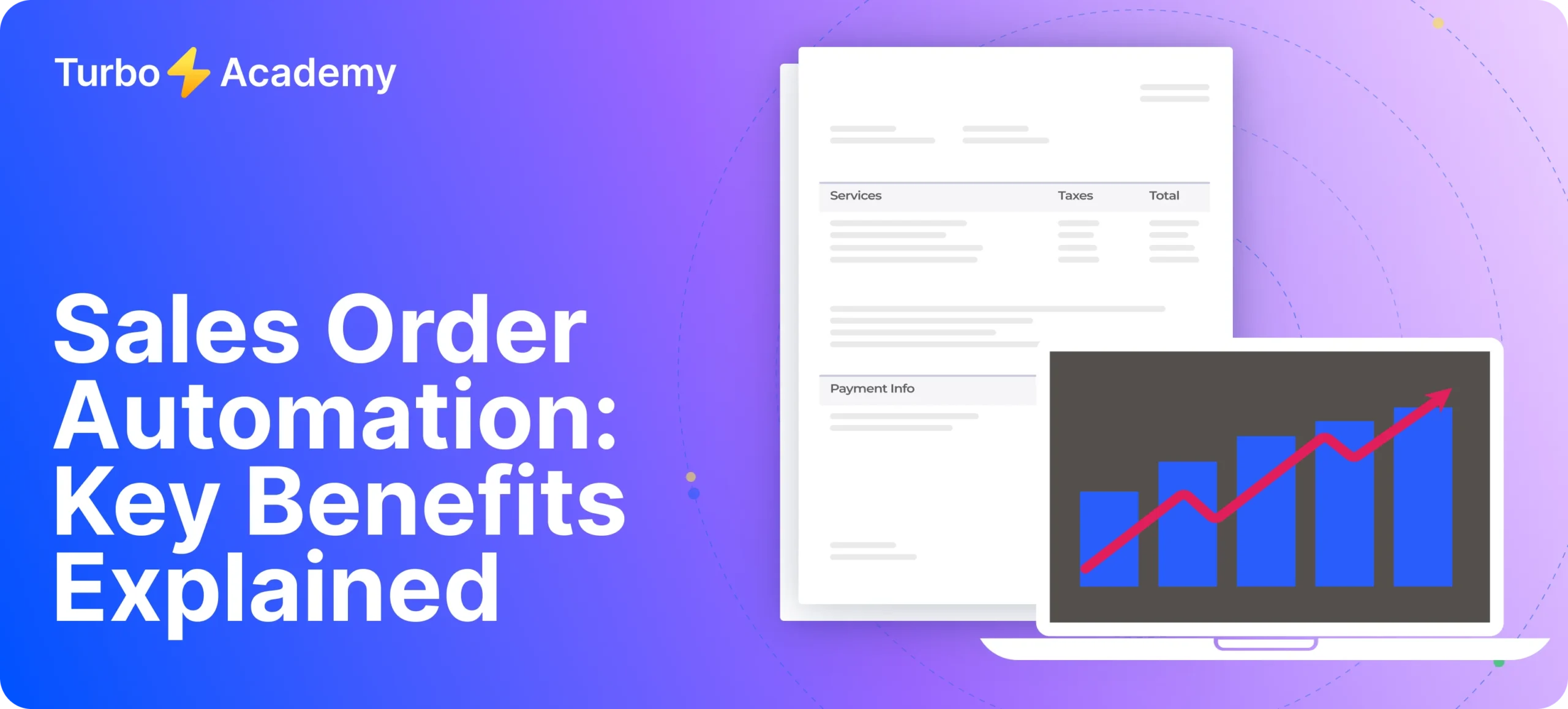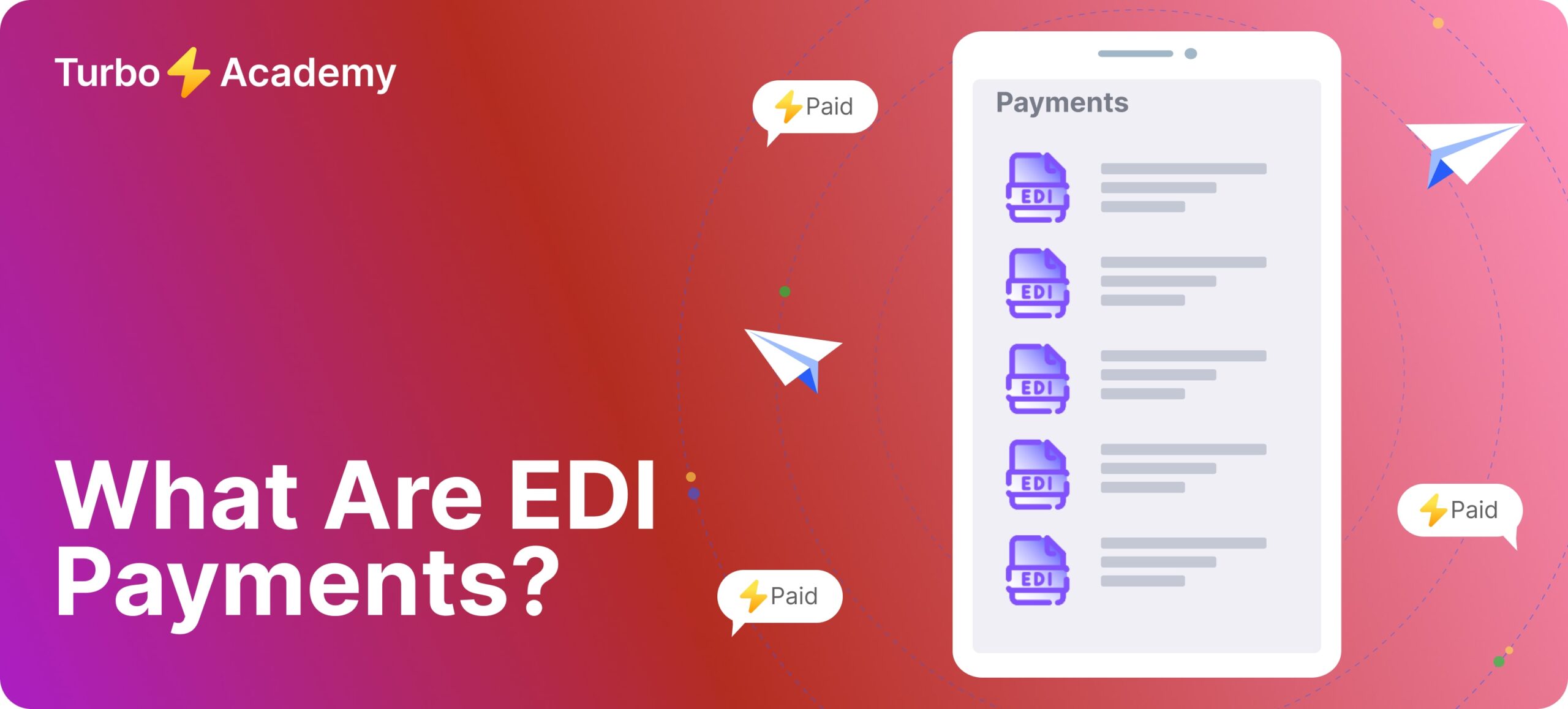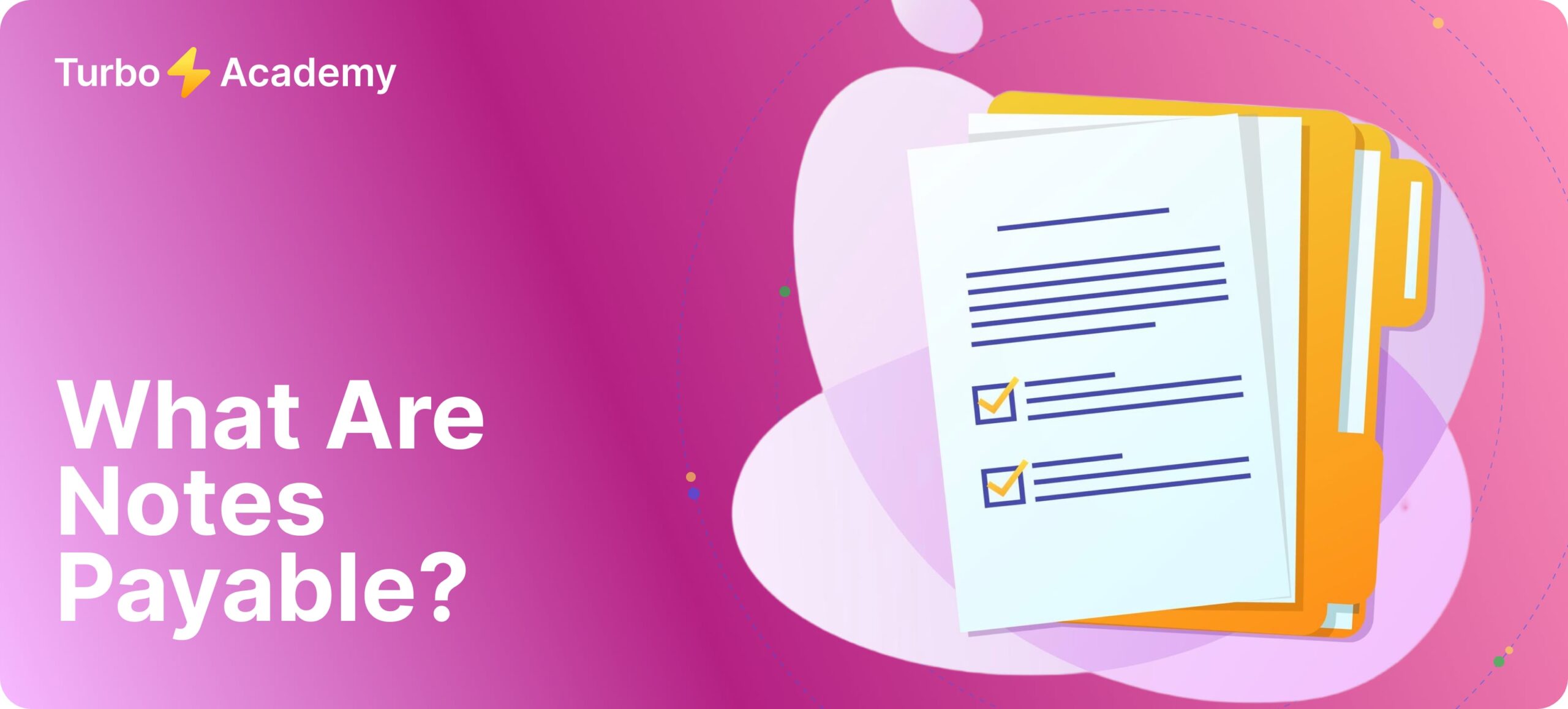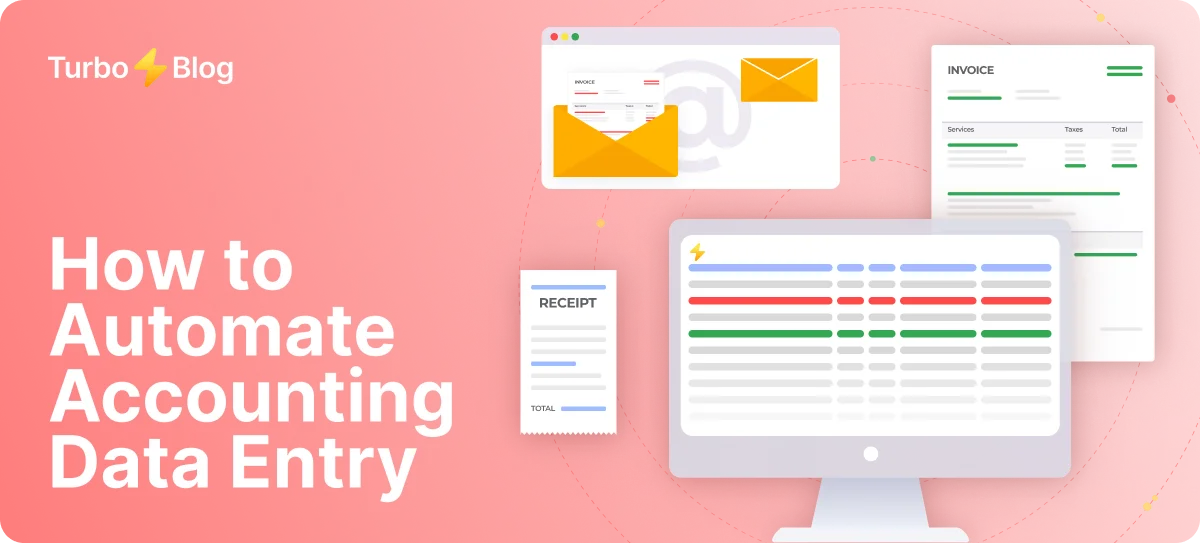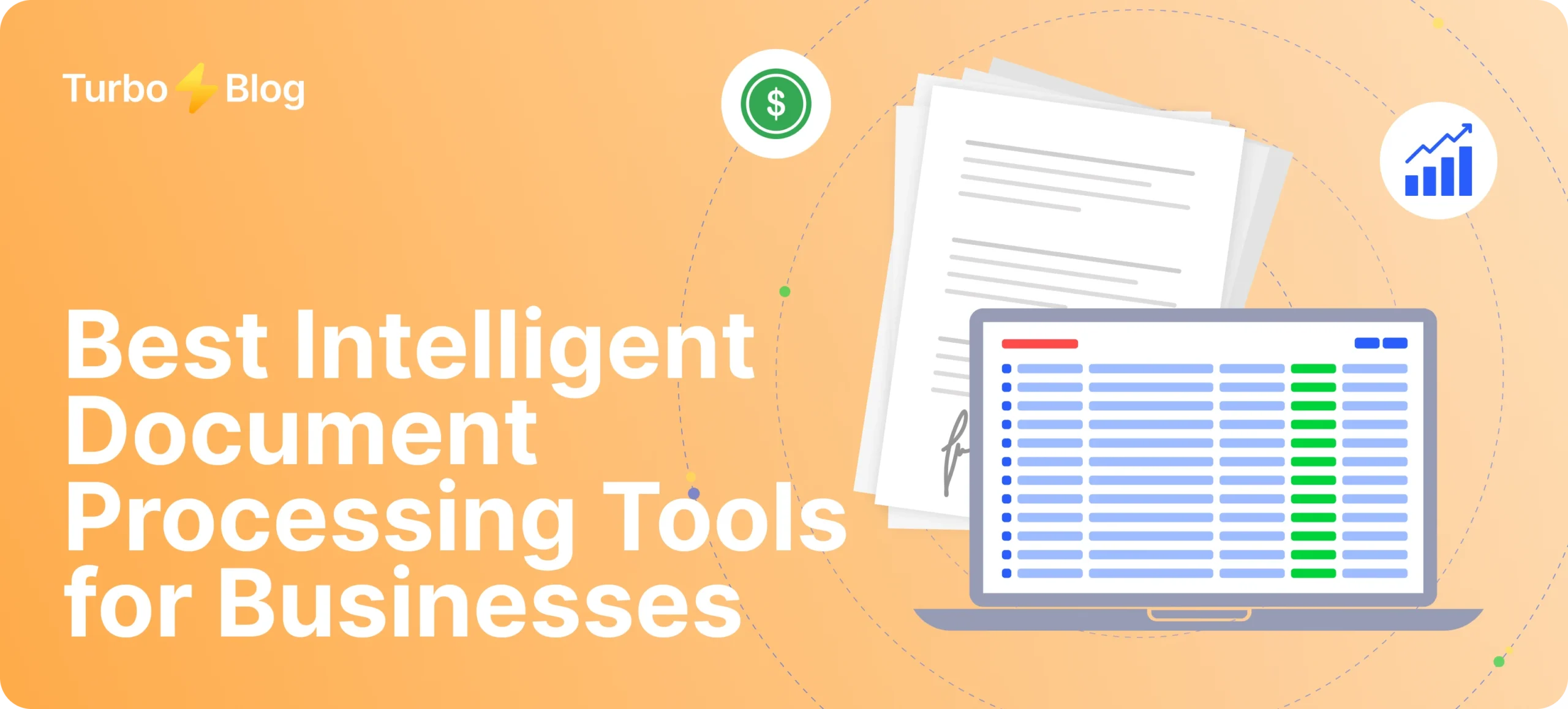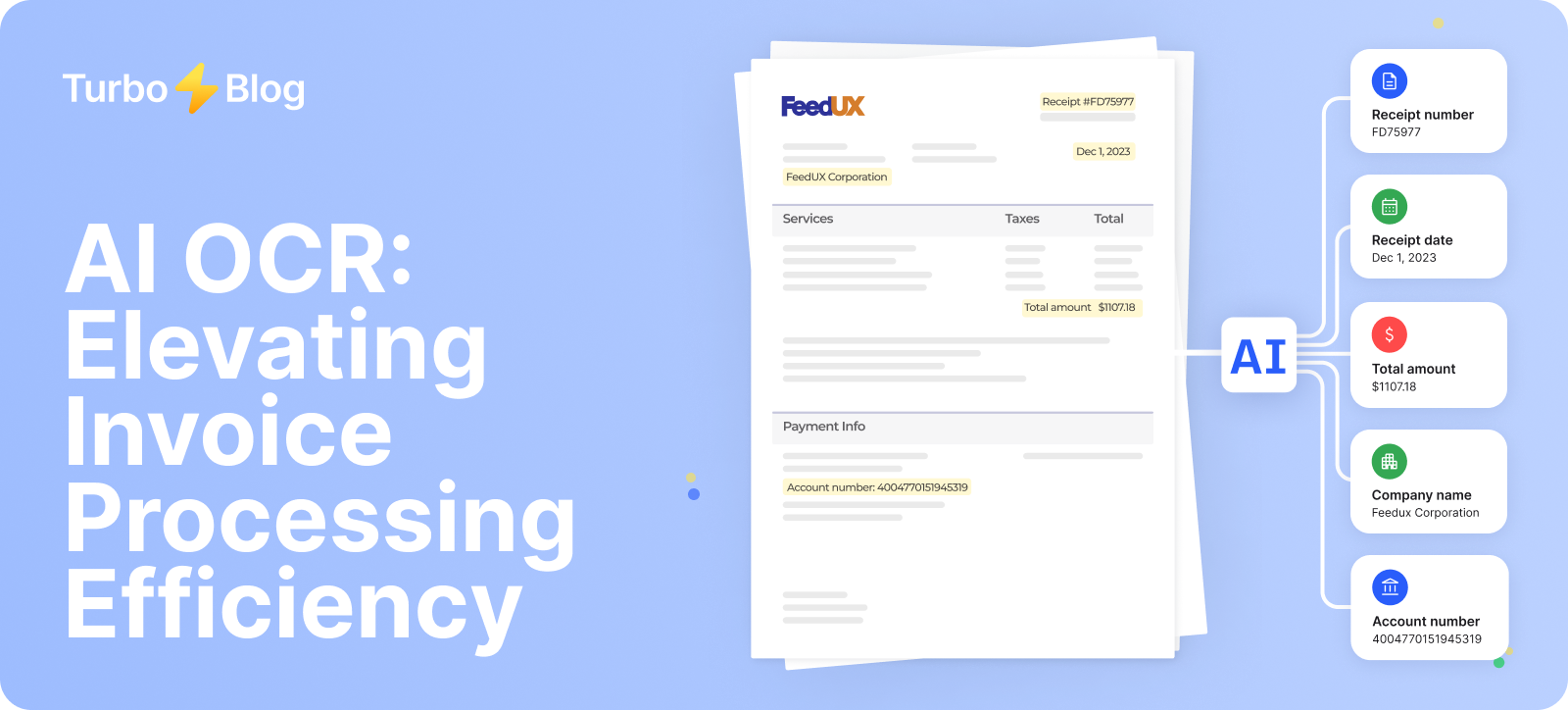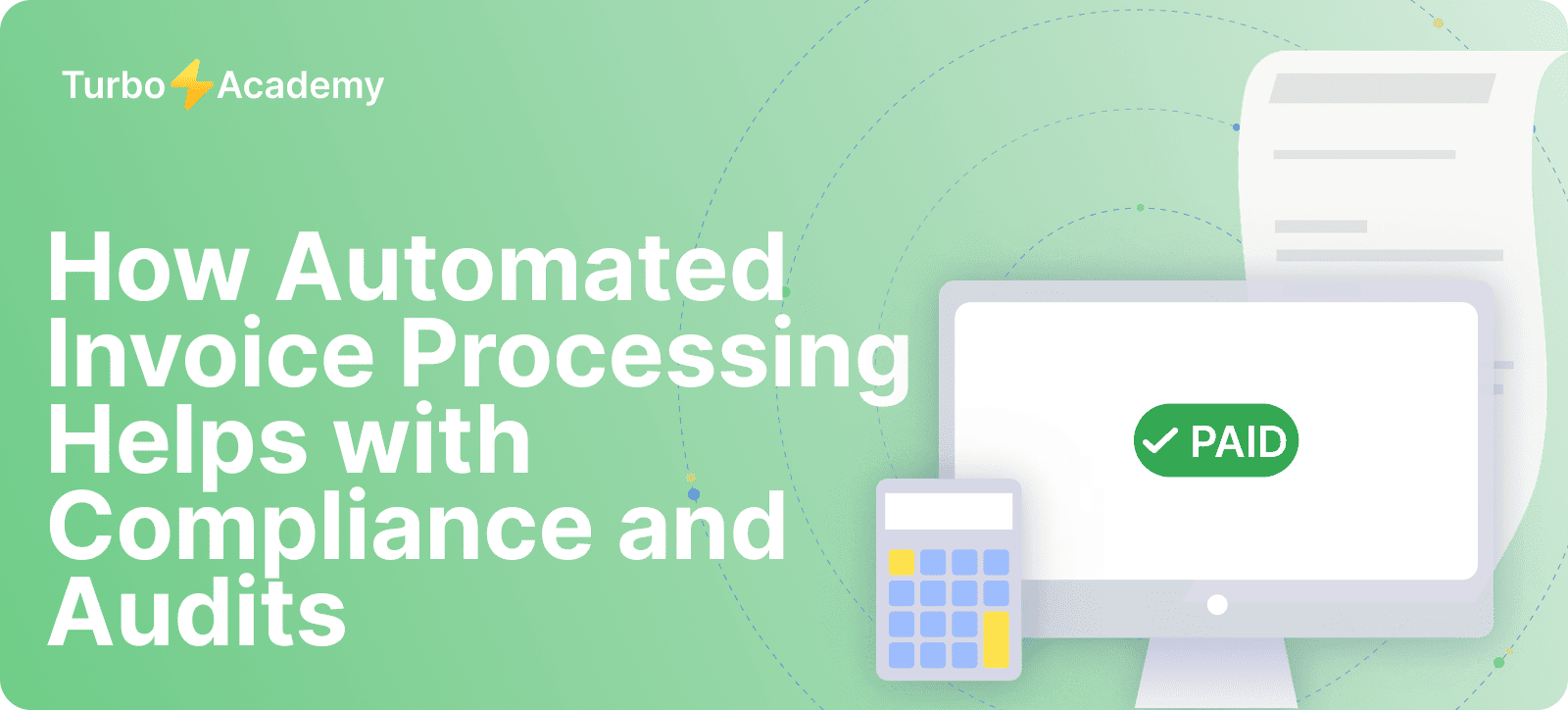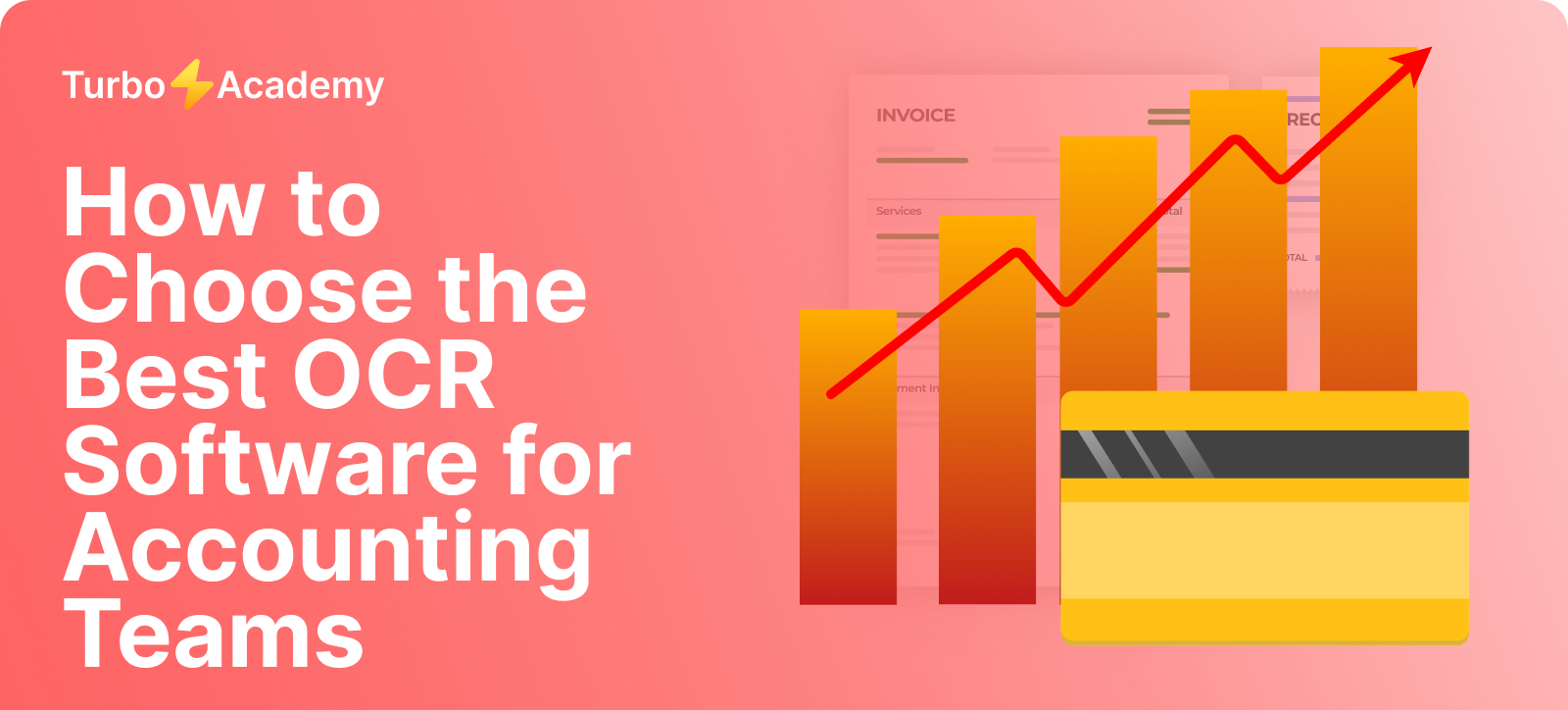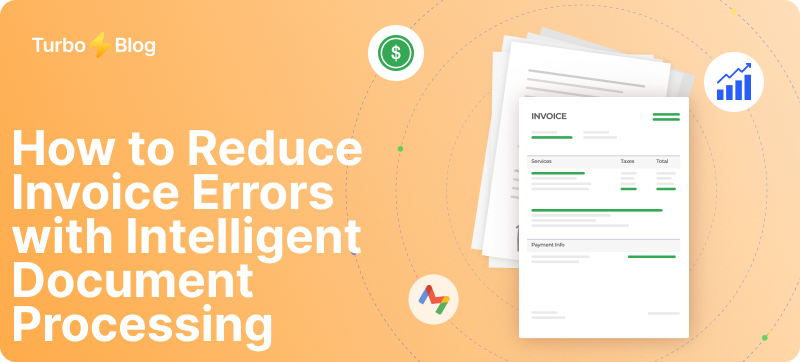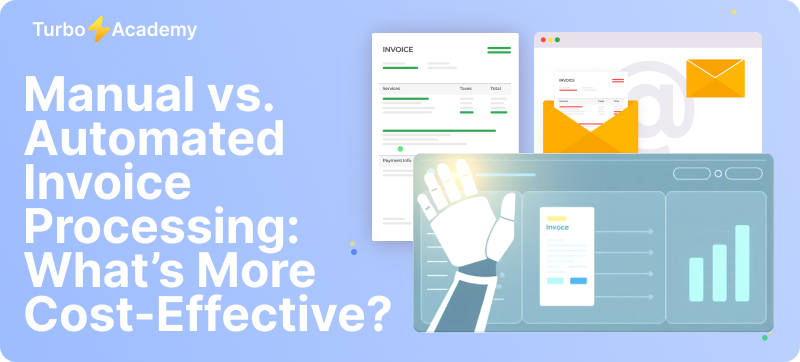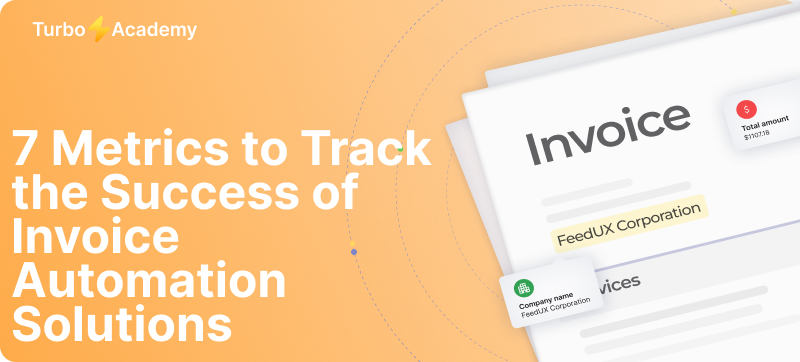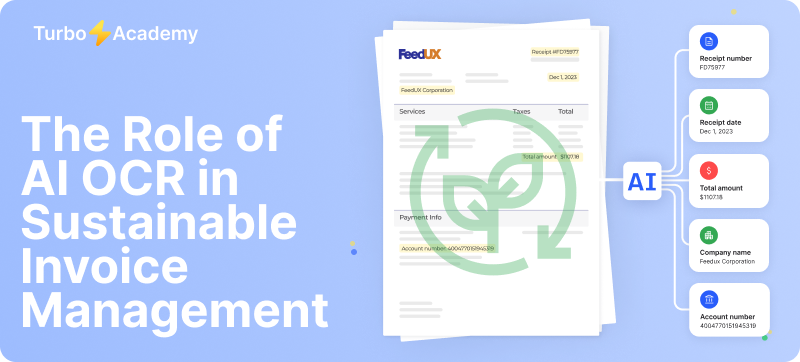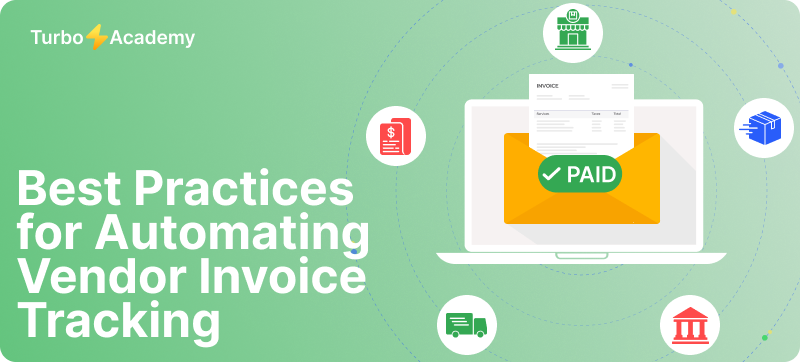At TurboDoc.io, we deliver advanced, AI-powered OCR solutions that enable finance teams to digitize invoices, statements, KYC documents, and more with speed and precision. Whether you’re processing tax forms or onboarding new clients, TurboDoc helps you work smarter, faster, and with fewer errors.
Automate document processing with TurboDoc
Recognize invoices, contracts, and forms in seconds. No manual work or errors.
Try for free!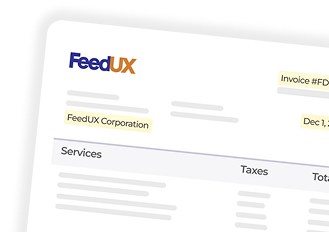
What is OCR in Finance and Accounting? Full Form & Meaning
As the finance sector becomes more digitized, businesses are turning to technologies like OCR software to improve how they manage large volumes of financial documents. OCR, or Optical Character Recognition, enables systems to scan and understand text from images or paper documents, turning them into editable and searchable digital data.
Whether it’s for invoice processing, KYC checks, or bank statement reviews, OCR is playing a crucial role in modern finance and accounting workflows.
OCR Full Form in Finance and Accounting
The full form of OCR is Optical Character Recognition.
In finance and accounting, OCR refers to the process of converting printed or handwritten information from documents like invoices, receipts, tax forms, and bank statements into machine-readable text. This allows systems to automatically extract data without the need for human input.
OCR Meaning in Financial Context
In the financial context, OCR software is used to:
- Eliminate manual data entry for routine tasks
- Extract financial data from physical or scanned documents like invoices, statements, or contracts
- Organize and store documents in searchable digital formats
- Speed up processing and reduce human error across finance teams
Role of OCR in the Finance Industry
OCR is transforming the finance sector by bringing automation, speed, and accuracy to traditionally manual processes. It is especially valuable for:
By digitizing critical documents, financial institutions can increase efficiency, improve accuracy, and maintain stronger regulatory compliance.
How OCR Works for Financial and Business Documents
Here’s a simplified breakdown of how OCR functions in finance:
- Scanning & Image Capture
Paper or scanned documents are uploaded into the OCR software. - Optical Character Recognition
The system detects printed or handwritten text on the document. - Data Extraction & Structuring
Relevant information—like invoice numbers, dates, or totals—is extracted and mapped into predefined fields. - Digital Output
The processed data is stored in a structured format (e.g., Excel, JSON, database) and becomes searchable, editable, and ready for further use.
With TurboDoc’s OCR solutions, financial institutions can automate this entire process end-to-end, ensuring high accuracy and seamless integration into existing finance systems.
Automate document processing with TurboDoc
Recognize invoices, contracts, and forms in seconds. No manual work or errors.
Try for free!



How OCR Technology Processes Financial Data
Modern OCR automation is revolutionizing the finance industry by replacing manual document handling with intelligent, AI-driven workflows. From processing customer documents to preparing financial records for compliance, OCR automates the extraction of data from various document types, making it editable and searchable for downstream systems.
Banks and financial institutions now use OCR not just for scanning, but for powering entire pipelines—from Know Your Customer (KYC) procedures to financial reporting and audits. Understanding how OCR works is essential for any organization looking to streamline financial operations and reduce the risk of human error.
Step 1: Pre-processing and Image Cleaning
Before any text can be read, the OCR engine must prepare the document. This step involves:
- Removing noise, blurs, or shadows from scanned financial documents like invoices or tax forms
- Aligning and rotating misaligned images
- Enhancing contrast to improve text visibility on older or low-quality identity documents like passports
Effective pre-processing ensures the highest recognition accuracy and is critical when businesses in the finance sector handle scanned or low-resolution paperwork.
Step 2: Character and Text Recognition
This is the core function of OCR: detecting and interpreting characters on the page. At this stage, the system:
- Identifies printed and handwritten text across various document types
- Uses AI and pattern recognition to convert it into machine-readable code
- Recognizes key fields such as dates, totals, names, and account numbers
For example, OCR can pull application data, data from identity documents like passports, or data used in transactions—with high accuracy—reducing the risk of discrepancies in financial documents.
Step 3: Post-Processing and Data Structuring
Once the text is recognized, the system structures the data into formats compatible with accounting software, CRMs, or existing systems. This includes:
- Mapping data fields (e.g., invoice number, total amount)
- Flagging anomalies for review (useful during audits and expense reporting)
- Converting documents into digital formats like CSV, JSON, or database entries
This structured data powers financial services processes such as loan approvals, KYC, and financial health analysis. OCR also enables financial analysts and back-office teams to process high volumes of financial documents during audits with fewer delays.
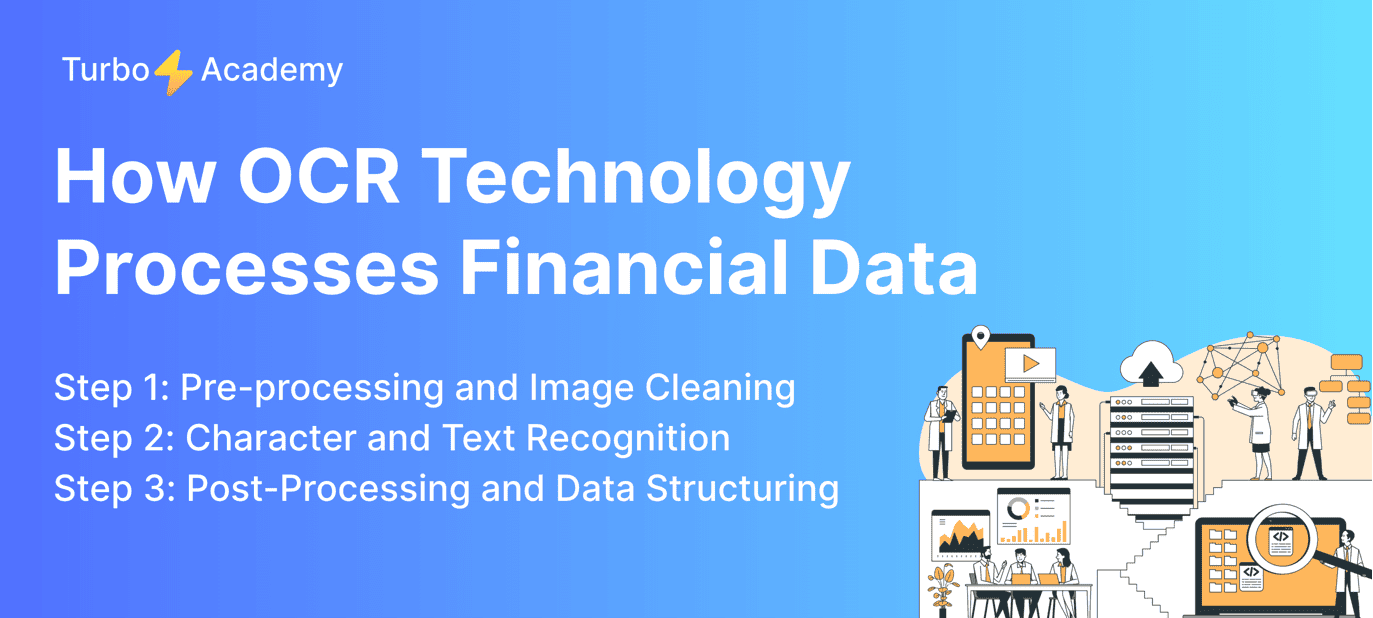
TurboDoc simplifies this entire pipeline with smart, finance-optimized OCR that connects directly with your financial departments, automates validation, and integrates seamlessly into existing systems—choosing the right OCR engine has never been easier.
Applications of OCR in Finance and Accounting
In today’s finance and accounting environments, document types come in many forms—from standard tax forms to unstructured scanned contracts. Banks use OCR to handle all of them efficiently, drastically reducing human error in data entry and increasing the accuracy of critical financial workflows.
By automating data extraction and classification, OCR enables teams to work faster, smarter, and with greater confidence when processing large volumes of financial information.
1. Structured Documents (e.g., Tax Forms, Cheques)
Structured financial documents follow consistent formats, making them ideal for automation. OCR reads fields like taxpayer IDs, cheque numbers, or amounts and converts them into editable and searchable data. This speeds up tax filing, payment reconciliation, and regulatory submissions while minimizing the risk of errors in data used in transactions.
2. Semi-Structured Documents (e.g., Invoices, Receipts)
In the case of invoices and receipts, layouts can vary by vendor or source, but key information like totals, invoice numbers, and dates remains consistent. OCR can intelligently recognize these fields and streamline processing of customer documents, especially in accounts payable or expense reporting scenarios. This also helps detect inconsistencies that may indicate potential fraud.
3. Unstructured Documents (e.g., Emails, Notes, Scanned Contracts)
Unstructured documents have no defined layout, which traditionally made them difficult to digitize. But with AI-powered OCR like TurboDoc, even messy scans, handwritten notes, and informal correspondence can be parsed for meaningful insights. This allows finance teams to extract data from financial documents like scanned agreements or internal memos and use it for compliance or archival purposes. It also improves transparency during audits and expense reviews.
Automate document processing with TurboDoc
Recognize invoices, contracts, and forms in seconds. No manual work or errors.
Try for free!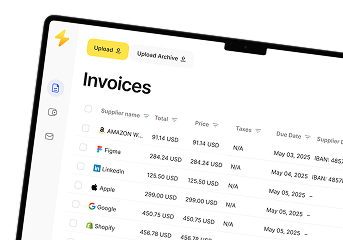
The Role of OCR in Automating Financial Workflows
Across the finance industry, OCR plays a vital role in eliminating repetitive tasks and enhancing efficiency. It transforms time-consuming, paper-based processes into seamless digital pipelines. From invoice automation to audit preparation, OCR makes it possible to scale operations without scaling headcount.
For businesses in the finance sector, choosing the right OCR solution is crucial. A platform like TurboDoc not only extracts high-quality data from documents but also integrates with accounting systems to ensure real-time access to clean, structured information—fueling better decisions and smoother financial operations.
Benefits of OCR for Finance Teams and Businesses
From streamlining workflows to meeting strict regulatory demands, OCR finance helps organizations gain control over their documents and data. By replacing repetitive, error-prone processes with AI-driven automation, OCR technology is revolutionizing how financial institutions operate day to day.
OCR doesn’t just speed things up—it improves the quality of outcomes by ensuring financial data is extracted, structured, and validated correctly. Whether dealing with documents like passports and driver’s licenses, scanned invoices, or compliance records, OCR offers measurable value.
Faster and More Accurate Financial Data Entry
OCR significantly reduces the time it takes to handle paper-based processes. Instead of relying on staff to manually input figures, OCR extracts key details automatically—from transaction totals to tax IDs—helping finance teams reduce manual data entry and prevent costly mistakes.
Enhanced Compliance and Audit Readiness for Financial Institutions
With OCR, organizations can better prepare for documents during audits and expense reviews. Scanned contracts, receipts, and identity documents become fully searchable and accessible, allowing auditors or compliance officers to locate critical information instantly.
Cost and Time Savings Across Financial Processes
Automation through OCR eliminates repetitive tasks and reduces dependency on manual document handling. This results in direct savings on labor and indirect savings by shortening processing cycles and reducing the chance of delayed reporting or regulatory penalties.
Improved Data Accuracy for Reporting and Forecasting
Accurate data entry is essential for financial analysis and forecasting. OCR minimizes the risk of human error, ensuring clean, structured data flows into your reporting tools—supporting more reliable forecasts and better business decisions.
Increased Accessibility and Searchability of Documents
Digitized documents become instantly accessible and searchable, whether it’s a 50-page contract or a scanned ID. This improves internal workflows, shortens retrieval time, and ensures teams can respond faster to audits, queries, or cross-checks.
Boosting Efficiency and Accuracy in OCR Accounting
In finance departments, especially accounting, OCR speeds up document handling, reconciliations, and compliance tasks. It also supports automation in areas like invoice matching, payment reconciliation, and tax form processing—unlocking significant efficiency gains.
OCR Benefits in Finance
Real Use Cases of OCR in the Finance Industry
OCR technology is widely adopted across the finance industry for its ability to automate complex, document-heavy workflows. From onboarding to fraud detection, here’s how financial institutions use OCR every day:
- Bank Statement Analysis
- Loan and Credit Card Application Reviews
- Customer Onboarding and KYC
- Payment Reconciliation and OCR Payments
- Fraud Detection and Risk Assessment
- Invoice and Receipt Processing
Invoice and Receipt Processing
OCR extracts vendor names, dates, line items, and totals from invoices and receipts, enabling automatic entry into accounting systems and speeding up approvals.
Bank Statement Analysis
Finance teams use OCR to parse transaction histories, categorize expenses, and support credit assessments—turning unstructured statements into structured, searchable data.
Loan and Credit Card Application Reviews
OCR reads and validates documents like income proofs, IDs, and credit histories, helping teams process applications faster and reduce errors.
Customer Onboarding and KYC
OCR extracts data from documents like passports and driver’s licenses, verifying identity and enabling smooth, compliant onboarding processes.
Payment Reconciliation and OCR Payments
By extracting payment references and matching them to transactions, OCR simplifies reconciliation and reduces mismatches in financial records.
Fraud Detection and Risk Assessment
OCR assists in spotting inconsistencies, duplicates, or tampered documents—supporting early detection of potential fraud during application reviews and audits.
Automate document processing with TurboDoc
Recognize invoices, contracts, and forms in seconds. No manual work or errors.
Try for free!
Limitations of OCR in Finance and How to Overcome Them
While OCR technology has transformed the way financial institutions handle documents, it’s not without limitations. Understanding these challenges is key to selecting the right solution and ensuring consistent performance.
Common Challenges in Financial Document OCR
- Low-Quality Scans: Poor lighting, blurred images, or handwritten notes can reduce OCR accuracy.
- Complex Layouts: Financial documents with tables, multi-column formats, or dense footnotes may be misread by generic OCR tools.
- Inconsistent Templates: Invoices or statements from different sources often vary, making automation harder without customization.
- Limited Contextual Understanding: Basic OCR may extract data but miss the meaning or incorrectly categorize fields, leading to data mismatches.
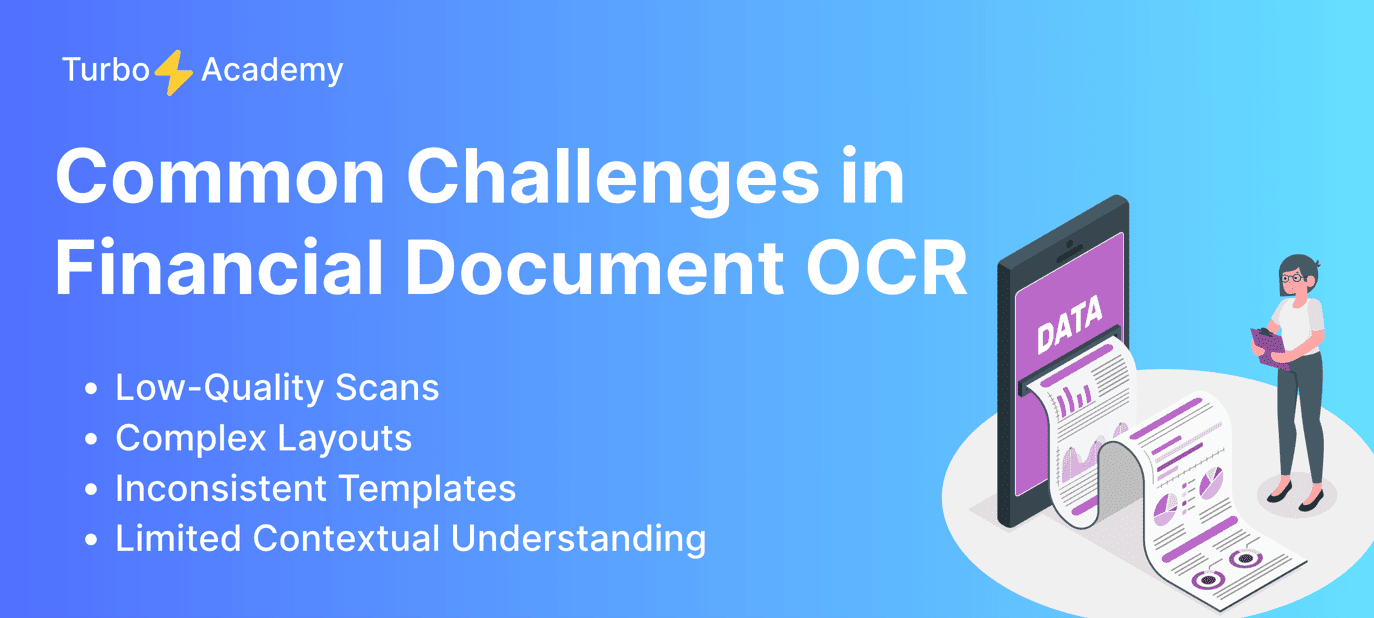
TurboDoc’s OCR Solutions to Improve Reliability and Accuracy
TurboDoc addresses these challenges with OCR solutions designed specifically for finance:
- AI-enhanced pre-processing improves results from low-quality scans and handwritten documents.
- Template training and adaptive learning ensure accurate extraction even from varied formats.
- Context-aware field mapping reduces false positives and improves classification of key financial data.
- Seamless integration with accounting and compliance systems helps maintain end-to-end accuracy and traceability.
With TurboDoc, financial teams can confidently overcome OCR limitations and gain consistent, high-quality results across even the most complex document types.
Automate document processing with TurboDoc
Recognize invoices, contracts, and forms in seconds. No manual work or errors.
Try for free!
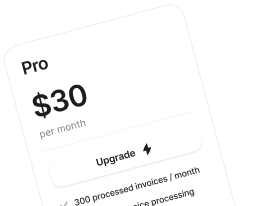
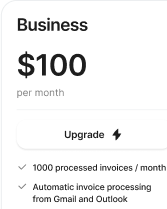
❓ Frequently Asked Questions
What is an OCR in finance?
OCR (Optical Character Recognition) in finance refers to technology that scans and extracts data from financial documents—such as invoices, receipts, and statements—converting them into editable, searchable formats for faster processing and analysis.
What is OCR in loan?
In loan processing, OCR is used to digitize and extract information from application documents like income proofs, ID cards, and tax forms. It speeds up underwriting, improves accuracy, and reduces manual work.
What does OCR stand for in business?
In business, OCR stands for Optical Character Recognition—a technology that enables automation by converting printed or scanned text into digital data, widely used for document management, accounting, and compliance.
What is an OCR payment?
An OCR payment refers to a system where payment documents (e.g., remittance slips or bank transfers) are scanned and processed using OCR. This enables automatic matching with invoices or accounts, streamlining reconciliation.


